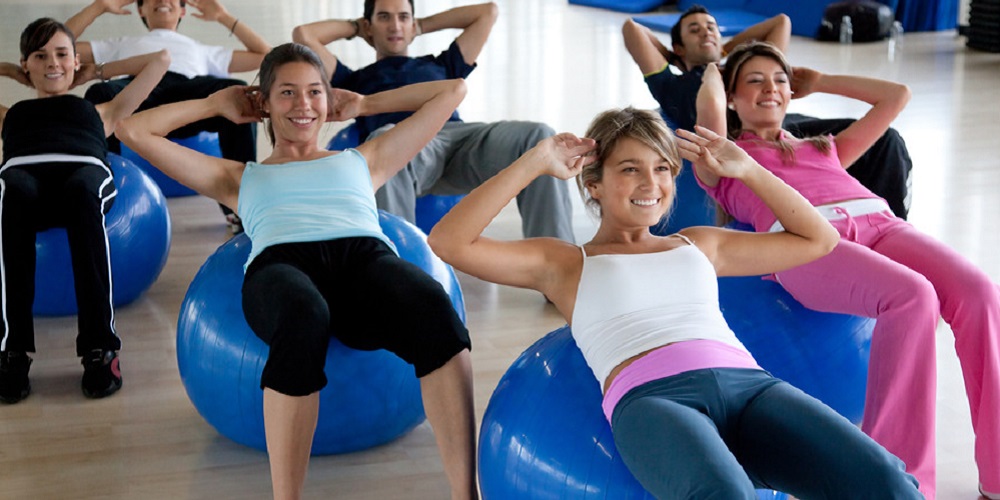Forming healthy habits is crucial to your child’s happiness and health. How do you help them when they’re away at school? We’ve got tips to keep kids hydrated.
(Photo by Benjamin Voros on Unsplash)
September signals back-to-school season, and many American families are busy shopping for supplies, helping with homework, and chauffeuring kids to extracurricular activities. But amidst all the chaos, remembering to promote healthy habits will prove essential. Unfortunately, those habits often fall by the wayside when there are other pressing matters to contend with. When you suddenly don’t see your children for several hours each day, what do you do? How can you keep kids hydrated at school?
More BuzzChomp: Regain your Running Motivation minus the stress
Although you can’t necessarily control what your child does during the time they spend at school, you can lay the foundation for a healthy lifestyle. Hopefully they’ll continue to build on that foundation while they’re out of the house. One of the simplest ways to promote overall well-being is to drink enough water. Despite the fact that only 1% of the planet’s water is suitable for drinking, we need to consume a significant amount each day. It keeps us in peak physical and mental condition. So how can you make sure your kid hydrates when they’re back in school? Here are some tips for parents to keep kids hydrated.
Start the Day Off Right
Before your child gets on the bus each morning, you can do your part to set them up for success. In addition to serving a meal that contains enough carbohydrates and protein to give them the energy they need, make sure that your child hydrates at the breakfast table. A glass of juice isn’t actually the best choice. It contains a significant amount of sugar, however natural it may be. Skim milk and water are two better options. Having whole fruit as part of the breakfast will provide both fiber and extra hydration as well.
Invest in Reusable Water Bottles
When it’s time to head off to school, your child should bring along their backpack, their lunch box, and their water bottle. Reusable water bottles are more eco-friendly than single use plastic versions and give your child the opportunity to pick out a design they like. The one you choose should be easy to open and durable, while providing stellar temperature control and protection against leaks. Make sure to clean out the water bottle each day and to include it with the other must-haves when your child heads out the door.
Know Which Foods to Pack
Whether your child goes to school for only a half-day — like many of the 85% of American five-year-olds who attended preprimary programs did in 2015 — or will be gone for seven hours or more, they’ll need some fuel to keep them learning and growing. Snacks and lunches are key opportunities to promote healthy nutrition. But they’re also a great opportunity to keep your child hydrated. Be sure to include water-rich foods like fresh fruits and veggies while skipping the ones with higher salt content. Salt forces the body to absorb water, which can derail hydration efforts.
Make Water the Top Choice
Although the average person in the U.S. is drinking 38% more water than they did 15 years ago, it’s still not always the favorite beverage among kids or adults. Sports drinks have their place, but they shouldn’t be the go-to option to keep your kids hydrated. They contain more sugar than is recommended and other suspect ingredients. Juices and sodas aren’t a healthy choice either, particularly because kids won’t brush their teeth after eating lunch at school. That said, if juice is readily available and your child forgot or misplaced their water bottle, this option will at least keep them hydrated and provide some nutritional benefits. If your child doesn’t particularly enjoy the taste of water, you can add fresh fruit slices to give it a bit of natural sweetness.
Teach Symptom Recognition
Half of the public school workforce is made up of teachers, while the other 50% includes guidance counselors, nurses, speech therapists, and other staff members. But even though the school workforce may be substantial, that doesn’t mean that the average adult will be able to recognize the subtle signs of early dehydration in your child. It’s essential to teach your child about what they might experience if they don’t drink enough water. They must know to hydrate if they feel tired, dizzy, or nauseated or experience headaches, stomach aches, or muscle cramps. Make sure they know they can go to the teacher or the nurse if they experience these and haven’t had water in a while. What’s more, the feeling of thirst indicates that an individual is likely to be dehydrated already. Teach your child to continuously drink water even before they feel thirsty to stave off dehydration.
Inquire About Bottle Filling Stations
Water fountains are ubiquitous in schools, but water bottle filling stations are starting to catch on, too. These stations can keep students hydrated and minimize classroom interruptions. Hall passes won’t need to be issued to allow children to have a sip of water. Since regular water fountains aren’t made to fill up water bottles, these special stations can help kids drink more water throughout the day. They can even help schools minimize their plastic bottle waste. What’s more, these stations reduce the spread of germs during cold and flu season. Drinking fountains are notorious for bacteria. If your child’s school hasn’t yet explored this option, you may want to bring it up during a town meeting or contact the principal or superintendent.
Although parents are bound to have a number of worries during this time of year, dehydration doesn’t have to be one of them. By keeping these tips in mind, your child can learn the benefits of drinking enough water and will put their best foot forward at school. Keep kids hydrated!
BuzzChomp is an affiliate for products and services recommended herein. Please read our Full Disclaimer for further information on affiliate programs and opportunities.












